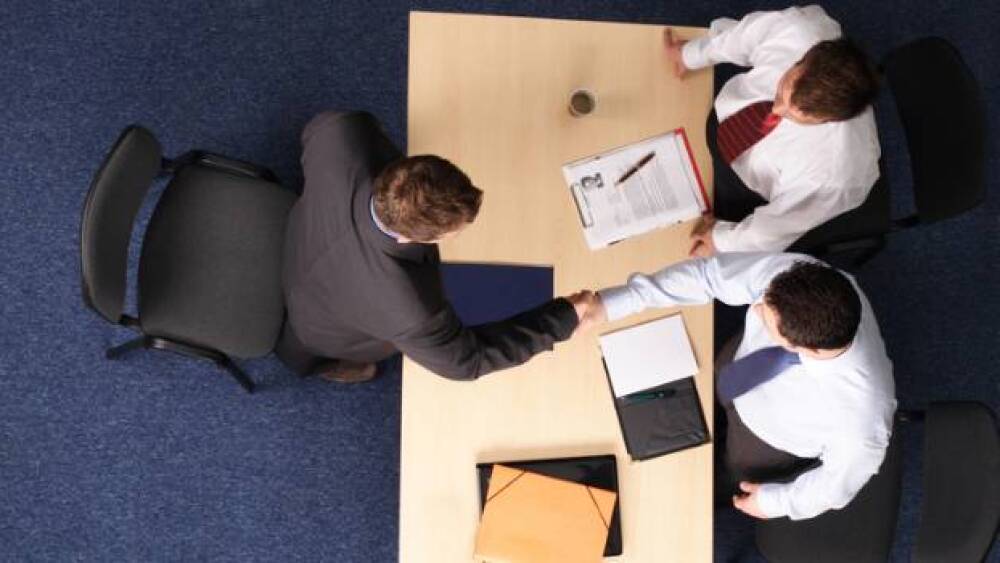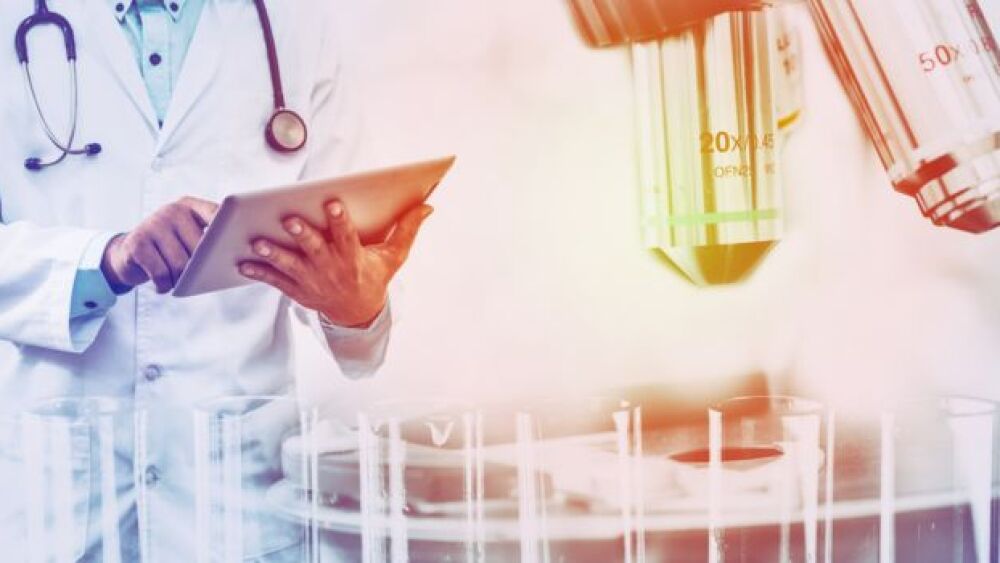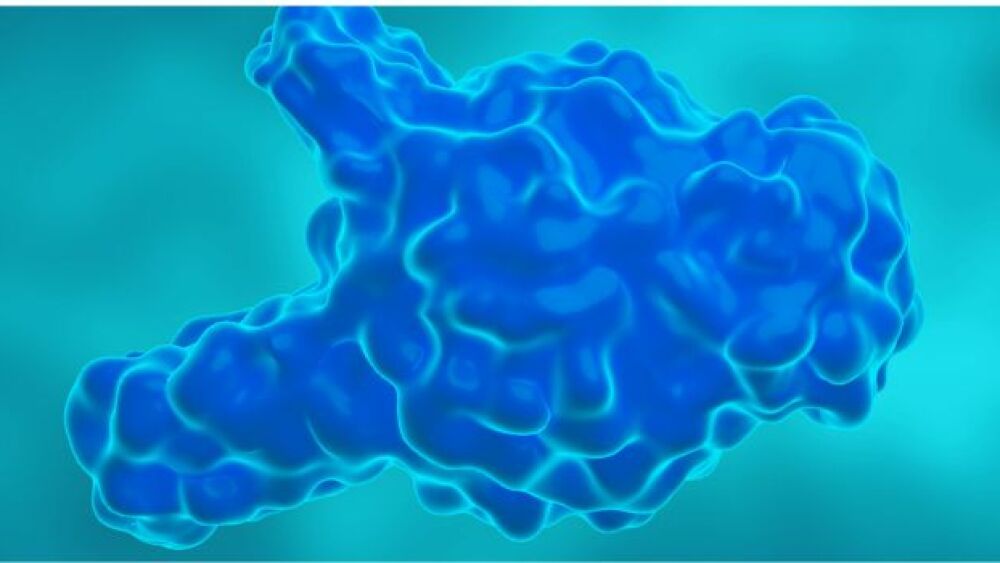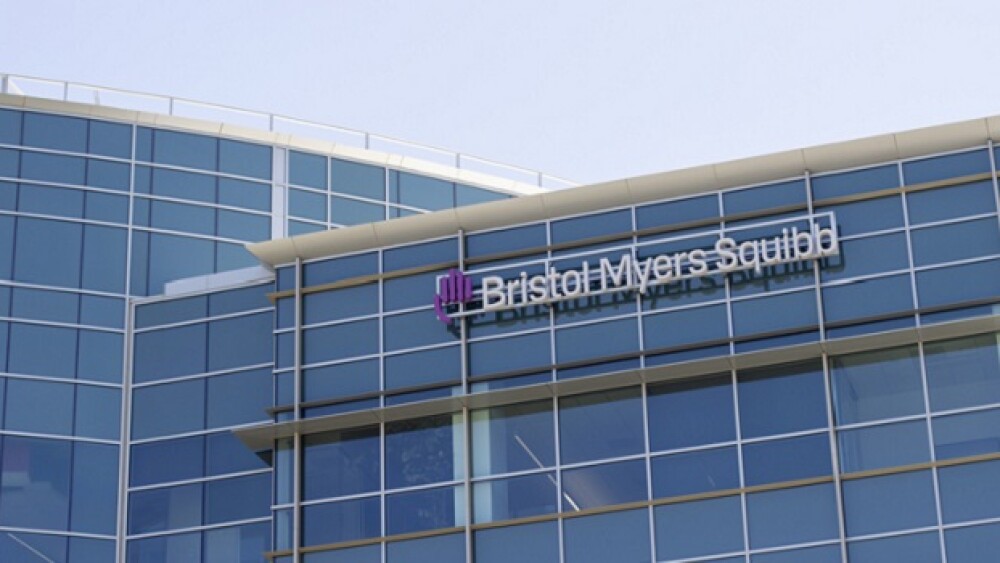Given her background in researching some of the deadliest pathogens on Earth, including Ebola, colleagues of newly arrived astronaut Kate Rubins had expected her to want to do “crazy science fiction” on the International Space Station.
Instead, Rubins pushed for carefully controlled experiments with a mix of a bacteria, a common virus and mouse cells, all already repeatedly sequenced and safe for testing in the space station’s closed-loop environment.
Rubins, a trained microbiologist who arrived at the space station on Saturday, will be using the samples to put Oxford Nanopore’s MinION sequencer - a pocket-sized DNA sequencer - through its paces.




